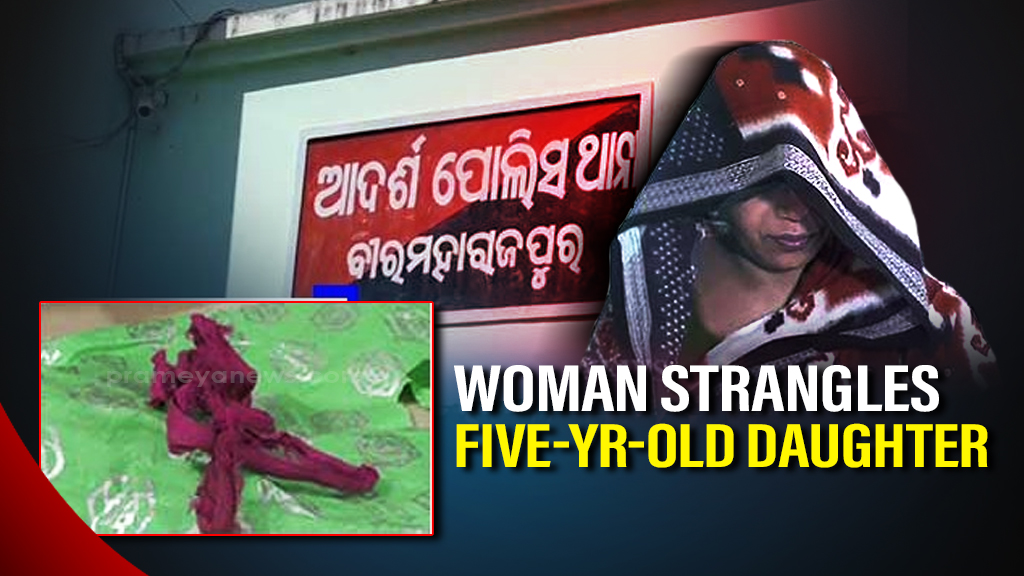Window Seat: Constitution Day

On 26 November 1949, the Constituent Assembly of India adopted the Constitution of India. Since 2015 it has been observed as the Constitution Day. The newly drafted constitution came into effect on 26 January 1950 and it was celebrated as the Republic Day. The Constitution of India was framed by a Constituent Assembly set up under the Cabinet Mission Plan of 1946 , which held its first meeting on December 9, and elected Dr. Sachhidanand Sinha, as the Provisional President. On December 11, 1946, the Assembly elected Dr Rajendra Prasad as its permanent Chairman. The Constituent Assembly set up 13 committees for framing the constitution including a Drafting Committee under the Chairmanship of Dr. B.R. Ambedkar. On the basis of the reports of these committees, a draft of the Constitution was prepared by a seven-member Drafting Committee. The Constitution of India is the longest written constitution of the world. It has 395 Articles, 22 Parts and 12 Schedules. It provides the basic framework of the nation’s form of government. It establishes how authority/power will be exercised in the country and outlines the limits of authority/power in a country. When the Constitution was adopted in the year 1949, there were no provisions regarding Fundamental Duties. The Fundamental Duties of citizens (ten) were added to the Constitution by the 42nd Amendment in 1976. One more was added in 2002. There are six sets of rights as enshrined in the constitution. They are: Right to Equality (Article 14-18). Right to Freedom (Article 19-22), Right against Exploitation (Article 23-24), Right to Freedom of Religion (Article 25-28), Cultural and Educational Rights (Article 29-30) and Right to Constitutional Remedies (Article 32). Freedom of speech and expression, of assembly without arms, of association, freedom to practise any profession and to reside in any part of the country are clubbed in the Right to Freedom. The eleven fundamental duties are: 1. Abide by the Constitution and respect national flag & National Anthem, 2. Follow ideals of the freedom struggle, 3. Protect sovereignty & integrity of India, 4. Defend the country and render national services when called upon, 5. Sprit of common brotherhood, 6. Preserve composite culture, 7. Preserve natural environment, 8. Develop scientific temper, 9. Safeguard public property, 10. strive for excellence, and 11. Duty fo all parents/guardians to send their children in the age group of 6-14 years to school. As of October 2021, there have been 105 amendments of the Constitution of India since it was first enacted in 1950. However, there are some basic tenets which remains and would remain unchanged as per the judgement of the Supreme Court. Only Judiciary decides the basic features of the Constitution and not the parliament. As of now At least, 20 features have been described as “basic” or “essential” by the Courts in numerous cases, and have been incorporated in the basic structure. These include: Supremacy of the Constitution, Rule of law, The principle of Separation of Powers, the objectives specified in the Preamble to the Constitution, etc. It needs to be remembered that people of India are the ultimate custodians of the Constitution. It is in them that sovereignty vests and it is in their name that the Constitution was adopted. The Constitution empowers the citizen, but the citizen too empowers the Constitution – by following it, by adhering to it, by protecting it, and by persevering to make it more meaningful with words and deeds. Some good news Findings of the fifth round of the National Family and Health Survey (NFHS), released on end November 24 brought some good news. For the first time ever in India women outnumbered men. India now has 1,020 women for every 1000 men. The other good news is the population is stabilizing. The share of population under the age of 15 years, which was 34.9% in 2005-06, has come down to 26.5% in 2019-21. However, the gender ratio at birth for children born in the last five years is still 929, which suggests that son-preference, in its various macabre forms, still persists, but the sex ratio is a significant milestone achieved on the back of policies aimed to curb sex selection practices that were once rampant and female infanticide, and on the fact that women in India tend to live longer than men. The findings on fertility decline are good news for maternal and child health and nutrition outcomes. However, the high fertility-high undernutrition states of Uttar Pradesh, Bihar, and Jharkhand still need to see more progress on fertility reductions. Tailpiece: I don’t follow you A man tells his doctor, Doc help me, I am addicted to Twitter. The doctor replies, Sorry, I don’t follow you. About the Author: Journalist turned media academician Mrinal Chatterjee lives in Dhenkanal, Odisha. He also writes fiction and plays. He can be reached at [email protected]
Latest News

Double murder rocks Odisha’s Ganjam! Two broth...

Shocking! Odisha woman arrested for strangling...

Pakistan engages in unprovoked firing along Lo...

Jajpur horror! Working woman gang-raped, stabb...

Bhubaneswar: Hi-Tech Medical College & Hospita...

FC Goa to meet Mohun Bagan in Kalinga Super Cu...

IPL 2025: PBKS vs KKR match abandoned due to r...
Copyright © 2024 - Summa Real Media Private Limited. All Rights Reserved.























